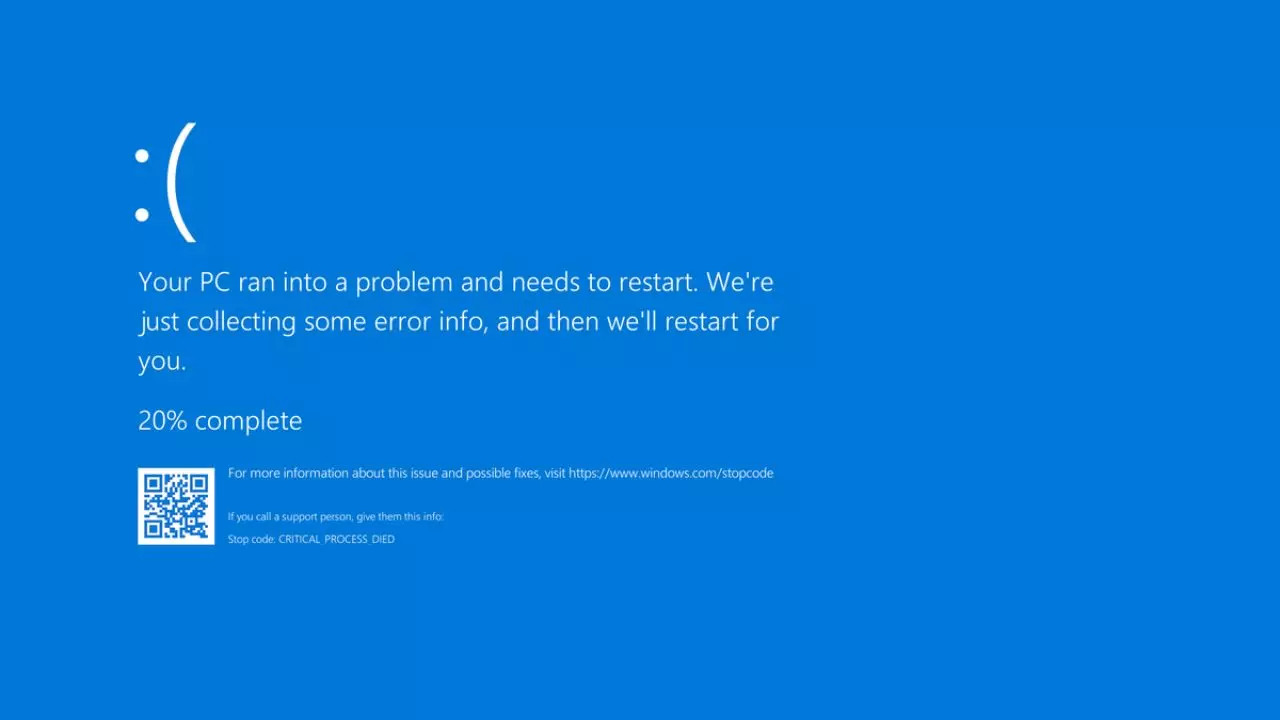This isn’t a gloat post. In fact, I was completely oblivious to this massive outage until I tried to check my bank balance and it wouldn’t log in.
Apparently Visa Paywave, banks, some TV networks, EFTPOS, etc. have gone down. Flights have had to be cancelled as some airlines systems have also gone down. Gas stations and public transport systems inoperable. As well as numerous Windows systems and Microsoft services affected. (At least according to one of my local MSMs.)
Seems insane to me that one company’s messed up update could cause so much global disruption and so many systems gone down :/ This is exactly why centralisation of services and large corporations gobbling up smaller companies and becoming behemoth services is so dangerous.



Yes, thank you, exactly. The centralized model has its benefits but it also can act as a single point of failure.
If I was going to analyze from an engineering perspective I would focus on when these inevitable events occur due to human error do we have adequate tools to roll back updates? Do we snapshot OS drives before updates? Is there adequate Safe Mode or Fallback Tools to diagnose which files are offending in order to allow the user to remove them.
In my view the windows user isn’t dignified to have the skills or intelligence needed to workaround a “setback” issue like the one yesterday.
It doesn’t help that NTFS is missing modern capabilities, or that there isn’t easy to use DIFF for the layman to understand which files were added to the filesystem that may be causing the breakage.
To be fair though even with those pot holes filled the entire design paradigm of Windows and a proprietary platform is part of the problem. Software is not broken up into package modules that can be assembled into a functioning system it is encumbered with “anti-piracy” boogie man where the software treats the user as an enemy and is designed to break.
Linux isn’t like that. I’ve cloned many distro drives and swapped them into new machines and with 1 or 2 tweaks they JustWork
I see many people on the net defending Microsoft as blameless for technical reasons.
My criticisms were that Microsoft just sucks as you interpreted correctly and offered a eloquent summary. Thank You.
Where I think the entire conversation should move is –
What are the design flaws that allowed this to happen?
“More Rust & Less C” I see some people suggest as this was allegedly a null pointer issue.
And is Windows Broken By Design? My opinion answer - Yes.
(Okay, and what to do about it before the next billion dollars is lost. I would think critical infrastructure should have a model similar to NixOS in immutability but that’s just my opinion.)
Windows does have a fallback mode called safe mode and that’s exactly what’s being used to fix this utter mess.
Package management isn’t going to save you from this as it didn’t save the Linux systems affected last time. It didn’t stop Arch Linux from failing to boot after a Grub update either.
Windows also has drive cloning tools, that isn’t unique to Linux.
NixOS isn’t immutable. It’s not an a/b root system and / isn’t read only. Rather it’s what’s known as reproducible. I am not convinced NixOS would make this any easier either given how simple the fix was. Funnily enough though tools exist called ansible and puppet for configuring systems in repeatable ways that apply to both other Linux systems, Windows systems, and even macOS.
There are like one or two valid points in this whole comment and the rest is pretty much falsehoods and misconceptions.
Edit: Forgot to mention tools exist to make Windows immutable as well. So that is an option.
The other fix was reboot your Windows computer at least 15 times.
Not everyone was affected though :
How is that an argument against anything I have said?
Only machines running crowdstrike were affected, not all Windows machines. So in neither case were all systems affected. In this case though Microsoft doesn’t bare any responsibility as they didn’t distribute the software. In the case or Arch and EndeavourOS they had a responsibility to check packages before they shipped them to users. In this case the OS maker was more at fault.